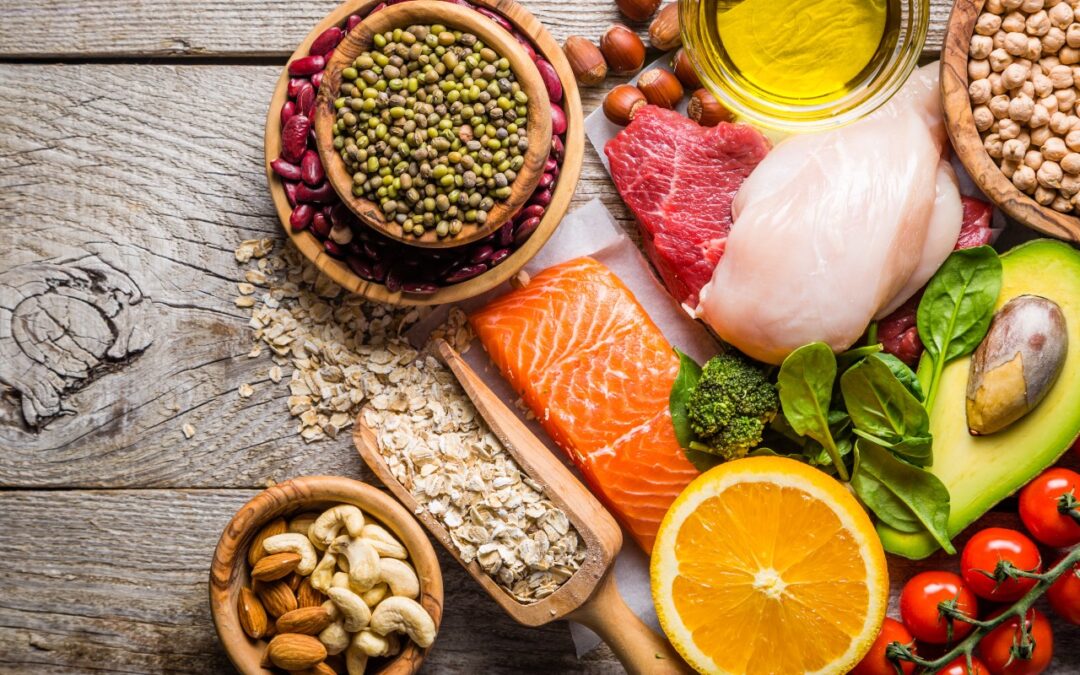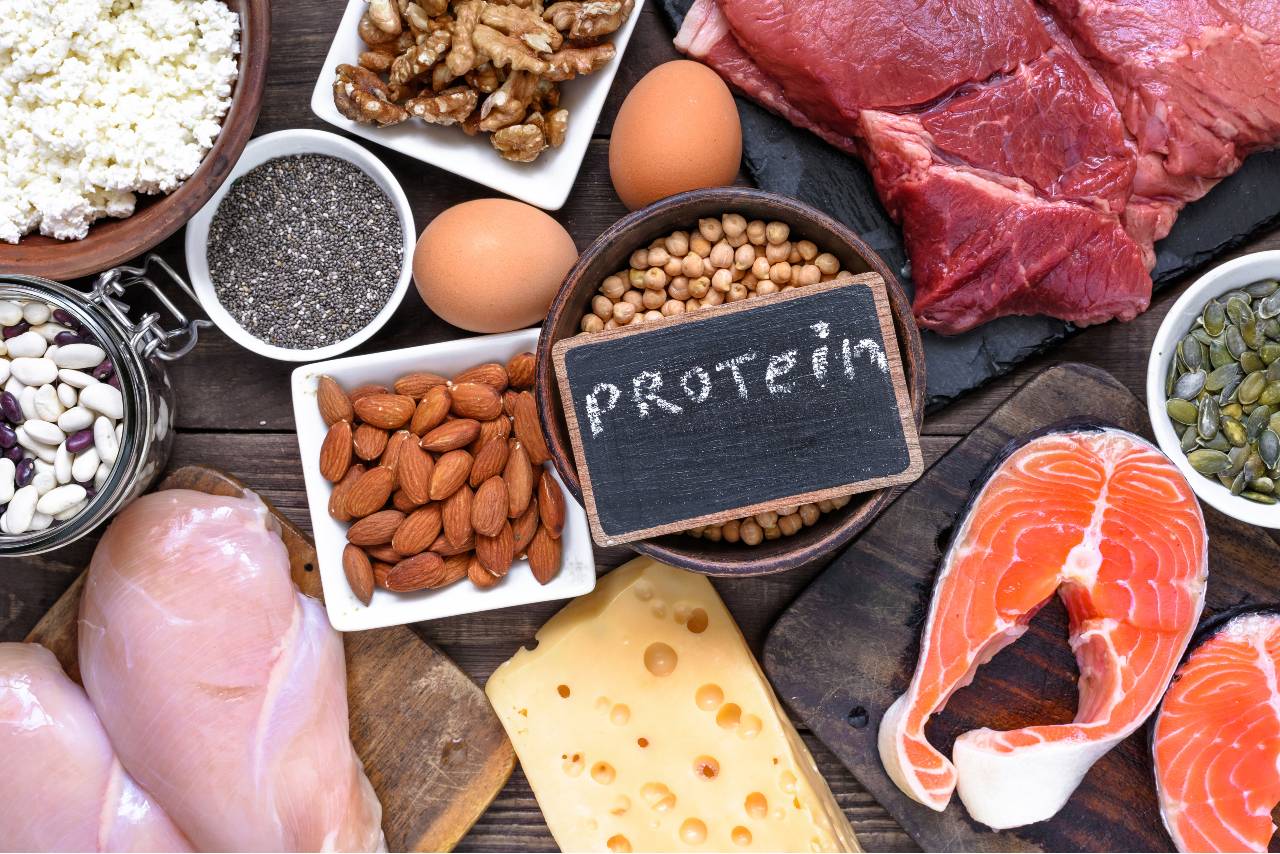Have you ever considered changing your eating style or habits and gotten lost in all the available information out there? A quick Google search for dietary trends and eating styles yields too many options to even begin to dig through. One such eating style, the Paleo Diet, has become all the rage in recent years. Perhaps you’ve heard of it? Espousing the benefits of eating like our ancestors from thousands of years ago, the Paleo Diet touts ancestral health and promotes getting back to our original eating styles, those of the cavemen. Is it right for you? Read on for more information.
What is the Paleo Diet?
The Paleo Diet promotes the benefits of eating like our caveman ancestors. What does this mean exactly? Well, long before commercial farming and the supposed introduction of grains into our standard diets, our paleolithic ancestors – somewhere between 2.5 million to 10,000 years ago – foraged for foods primarily consisting of meats, vegetables, fruits, nuts, and seeds. Whole grains, legumes, and dairy are not a part of the Paleo Diet and should be avoided.
Advocates of the Paleo Diet believe that returning to our ancestral roots is the gateway to health. The foundation of this eating style is that while the world and our lifestyles have rapidly evolved, our biological makeup has yet to catch up. We now have readily available food sources, many of which are prepackaged with additives and ingredients that are man made. The rationale behind the Paleo Diet is that our bodies will fare much better by returning to the old ways.
Where did the Paleo Diet come from?
The Paleo Diet arose during the 1970s but took off after the 2002 book by Loren Cordain Paleo Diet: Lose Weight and Get Healthy by Eating the Foods You Were Designed to Eat was published. The theory behind this eating style is that the upswing in chronic diseases such as obesity, diabetes, high blood pressure, and even allergies is due, in part, to the agricultural revolution, including mass farming techniques and increased food production, including grains into our diets. According to proponents of the eating style, our bodies have not evolved quickly enough or in such a way as to handle all the advancements made in agriculture.
Who is the Paleo Diet for?
Believers in the diet say that this eating style is for everyone because our bodies are simply not equipped to handle all the processing and agricultural methods that currently sustain the Standard American Diet (SAD). Both the Mayo Clinic and Harvard Health note that this eating style can be beneficial in that it includes whole and unprocessed foods that are low on the glycemic index. Also, those who need assistance with meal planning may benefit from the lack of options. Simple combinations mean less decision-making.
What are the pros of eating this way?
There may be many benefits to eating a paleolithic. According to the Mayo Clinic, results from several randomized clinical trials comparing Paleo to other diets show that those who eat in this manner may experience weight loss, ability to tolerate glucose, lower blood pressure and triglycerides, and may experience a better ability to manage their appetites. However, UC Davis notes that there aren’t many long-term studies that lend credence to the diet and its effects over time.
The emphasis on whole foods, grass-fed and grass-finished beef, organic meats, vegetables, and fruits, as well as healthy fats from nuts and seeds, is also a bonus.
What are the downsides of Paleo?
There are many good reasons why a Paleo Diet might be right for you. However, because of the lack of dairy and legumes, some may find certain nutrients such as calcium and Vitamin D lacking. Also, the focus on meats may mean you consume higher amounts of saturated fats and protein which may put your heart and kidneys at risk. If you do choose to participate in a Paleo lifestyle, be sure to stay on top of your preventative screenings and blood work to ensure that your nutrient levels are healthy.
Some may find the lack of diversity – no dairy, legumes, or grains – a challenge when it comes to meal planning. The lack of options can go both ways. For some, this may make eating much simpler while others may find it a burden. Eating organic and grass-fed/grass-finished beef may also be too costly for some, and with the cost of food already so high, Paleo might not be the best thing for you.
On another note, the Paleo Diet is restrictive by nature. If you suffer from eating disorders or have in the past, the restrictions may come at a mental and physical cost. Be mindful of how much control and rigidity you are placing on your diet and choose wisely.
Is the Paleo Diet sustainable over time?
One of the most important aspects of choosing a healthy eating plan is whether or not it is sustainable over time. Most every healthy eating style, and we emphasize HEALTHY here, will yield benefits. However, if your diet is not sustainable in the long run, you are better off choosing a way of eating that allows for treats and foods that you really love.
Do you have to eat like a caveman to be healthy?
The reality is that health isn’t held by one way of eating or another. Health isn’t even determined by the number on the scale. Paleo’s emphasis on whole foods is commendable. However, its restrictions may not be the best fit for you.
Innova Primary Care wants to see all of our patients healthy and whole. If you have questions about how to choose the best eating plan for you, please reach out. One thing is for certain, the foods we eat have a tremendous impact on our health and well being. We favor a balanced approach to nutrition that does not eliminate food groups but does take into consideration food quality.






 About
About

 About
About About
About About
About
 About
About About
About

 About
About About
About About
About About
About










